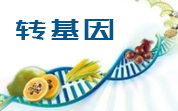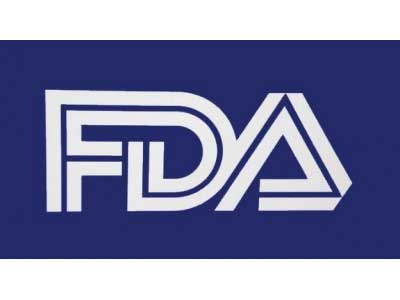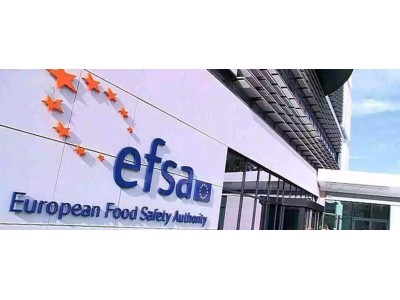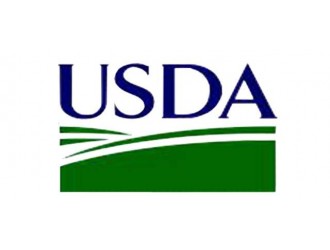гҖҖгҖҖз»ҸиҝҮиҜ„дј°пјҢ专家е°Ҹз»„еҫ—еҮәз»“и®әпјҢеңЁе»әи®®зҡ„жңҖеӨ§дҪҝз”Ёж°ҙе№ідёӢпјҢзј“еҶІйҶӢдҪңдёәйЈҹе“Ғж·»еҠ еүӮдёҚеӯҳеңЁе®үе…Ёй—®йўҳгҖӮйғЁеҲҶеҺҹж–ҮжҠҘйҒ“еҰӮдёӢпјҡ
гҖҖгҖҖThe EFSA Panel on Food Additives and Flavourings (FAF) provides a scientific opinion on the safety of buffered vinegar as a new food additive. Buffered vinegar is a liquid or dried product prepared by adding sodium/potassium hydroxides (E 524 to E 525) and sodium/potassium carbo
nates (E 500 to E 501) to vinegar, compliant with European Standard EN 13188:2000 and exclusively obtained from an agricultural source origin (except wood/cellulose). The primary co
nstituents of buffered vinegar are acetic acid and its salts. No biological or toxicological data obtained with the proposed food additive were submitted by the applicant as part of the dossier as, following oral ingestion, buffered vinegar dissociates into the acetic anion and acetate a natural co
nstituent of the diet, and of the human body for which extensive data on their biological effects exist and for which EFSA in 2013 has previously co
ncluded that the establishment of an acceptable daily intake (ADI) is not co
nsidered necessary. At the proposed maximum/typical use levels, the mean exposure to buffered vinegar from its use as a food additive expressed as acetic acid equivalents ranged from 8.9 mg/kg body weight (bw) per day in infants to 280.3 mg/kg bw per day in children. The 95th percentile of exposure to buffered vinegar ranged from 27.9 mg/kg bw per day in infants to 1,078 mg/kg bw per day in toddlers. The Panel co
ncluded that there is no safety co
ncern for the use of buffered vinegar as a food additive at the proposed maximum/typical use levels. The Panel could not co
nclude on the safety for the proposed uses at quantum satis as Group I food additive since the resulting exposure could not be estimated.
гҖҖгҖҖ
жң¬ж–Үз”ұйЈҹе“ҒдјҷдјҙзҪ‘йЈҹе“Ғиө„и®Ҝдёӯеҝғзј–иҫ‘пјҢдҫӣзҪ‘еҸӢеҸӮиҖғпјҢжңүд»»дҪ•з–‘й—®пјҢиҜ·иҒ”зі»news@www.sqrdapp.comгҖҒь/span>











 ең°еҢәпјҷь/font>
ең°еҢәпјҷь/font>

 欧зӣҹиҜ„дј°иҪ¬еҹәеӣ зҺүзұіMO
欧зӣҹиҜ„дј°иҪ¬еҹәеӣ зҺүзұіMO
 欧зӣҹиҜ„дј°дёҖз§ҚйәҰиҠҪзі–ж·Җ
欧зӣҹиҜ„дј°дёҖз§ҚйәҰиҠҪзі–ж·Җ зҫҺеӣҪжӢҹж’Өй”ҖиӢҘе№ІиӮүзұ»еҸүь/a>
зҫҺеӣҪжӢҹж’Өй”ҖиӢҘе№ІиӮүзұ»еҸүь/a> йІҒе…¬зҪ‘е®үеӨ 37060202000128еҸ¶ь/a>
йІҒе…¬зҪ‘е®үеӨ 37060202000128еҸ¶ь/a>



